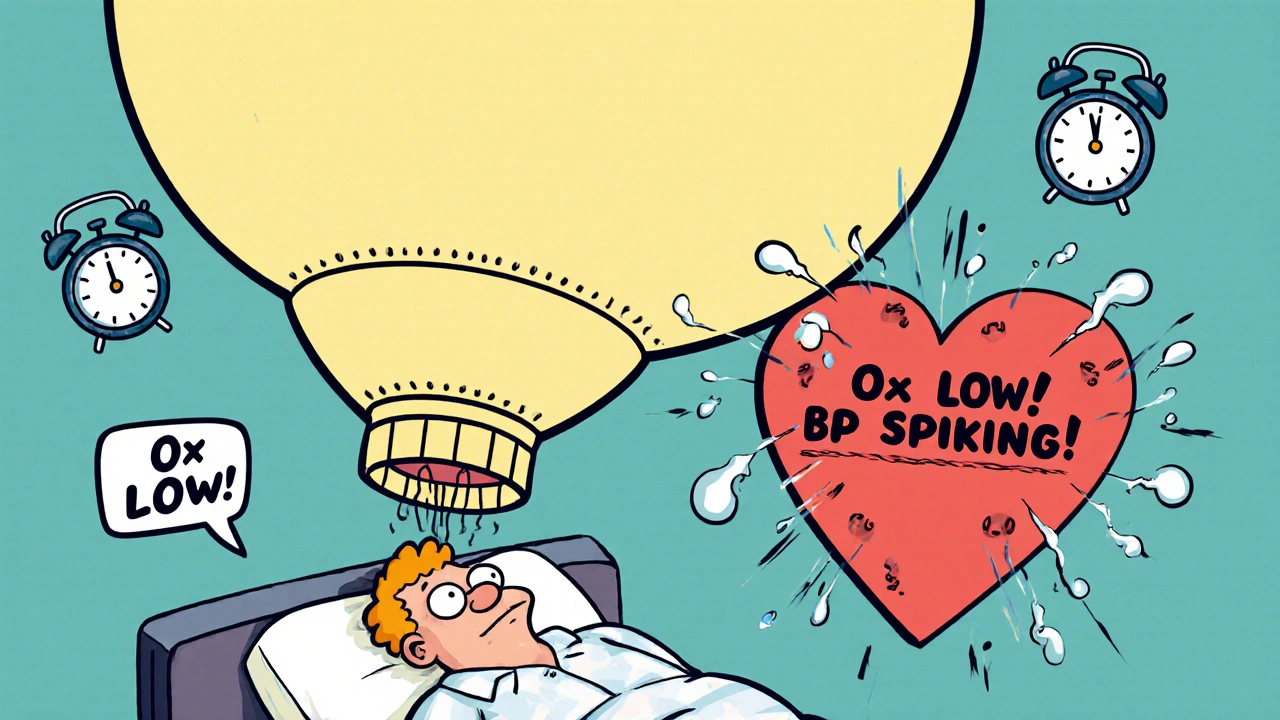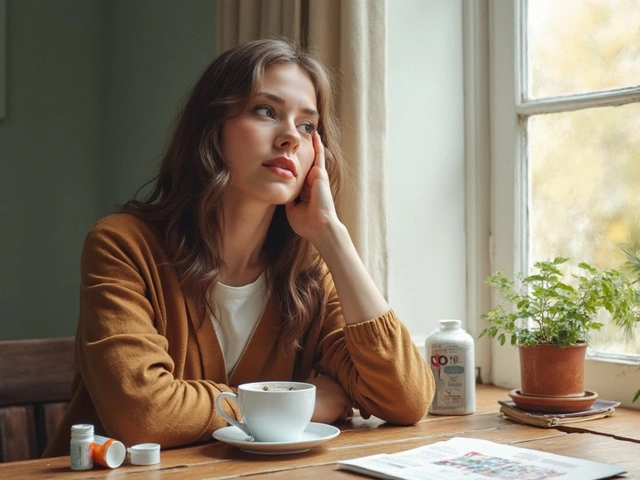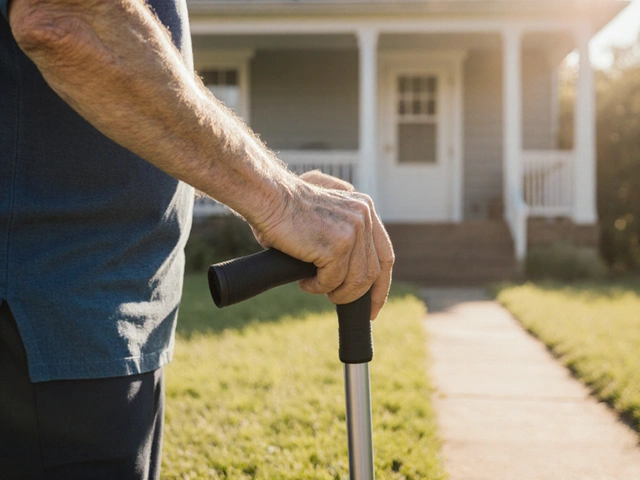CPAP Therapy: How It Works, Who Needs It, and What to Expect
When you struggle to breathe while sleeping, your body pays the price—fatigue, headaches, high blood pressure, and even heart problems. CPAP therapy, a treatment that uses steady air pressure to keep your airway open during sleep. Also known as continuous positive airway pressure, it’s the gold standard for managing obstructive sleep apnea. Unlike surgery or pills, CPAP doesn’t change your body—it changes how air flows through it. And for millions, that’s enough to turn nights of gasping into deep, restful sleep.
CPAP therapy works with a simple machine: a small pump, a hose, and a mask that fits over your nose or mouth. The pump pushes gentle, continuous air into your airway, stopping it from collapsing when you breathe in. It’s not magic, but it’s science that works. Studies show it reduces daytime sleepiness by up to 80% and lowers blood pressure in people with untreated sleep apnea. The key? Consistency. You don’t need to wear it perfectly every night—but you need to wear it most nights. People who use it 4+ hours a night see real improvements in focus, mood, and energy.
Not everyone uses the same mask. Some prefer nasal pillows that sit just under the nose. Others need full-face masks if they breathe through their mouth. The machine can be loud, but modern models are quieter than a whisper. Humidifiers help with dryness. Heated hoses prevent condensation. These aren’t just extras—they’re what make CPAP tolerable long-term. And if you’ve tried and quit? You’re not alone. Many give up because of discomfort, not because it doesn’t work. But with the right fit and support, most people stick with it.
CPAP therapy doesn’t cure sleep apnea, but it controls it. It’s not a one-size-fits-all fix. Some people need adjustments. Others need to switch mask types. A few may eventually use oral devices or weight loss to reduce dependence. But for now, CPAP remains the most reliable tool doctors have. It’s used by people of all ages—from teens with inherited airway issues to seniors with weight-related apnea. And while it’s often prescribed alongside lifestyle changes, it’s the only treatment that works instantly, every night.
Behind every successful CPAP user is a story of trial and adjustment. One person switched from a nasal mask to a full-face mask after realizing they were mouth-breathing. Another found relief only after adding a heated humidifier. A third started using a chin strap to keep their mouth closed. These aren’t outliers—they’re normal. The system is designed to adapt to you. And the posts below cover exactly that: real experiences, common problems, how to troubleshoot, and what to expect when you start. Whether you’re new to CPAP or stuck in a rut, you’ll find practical tips that actually help.




